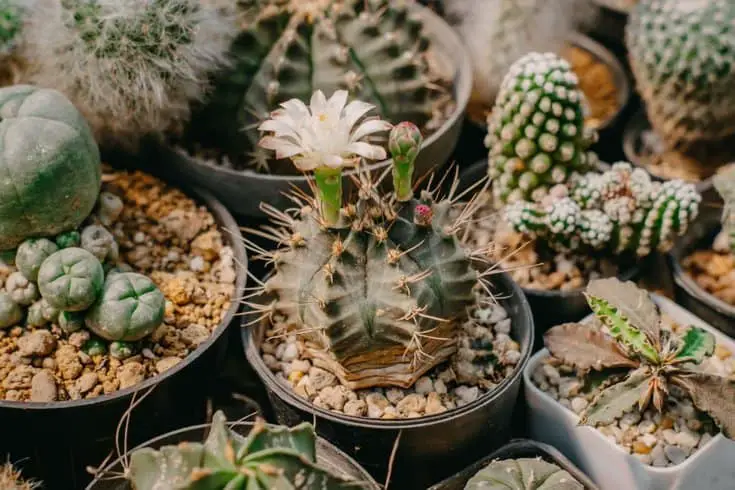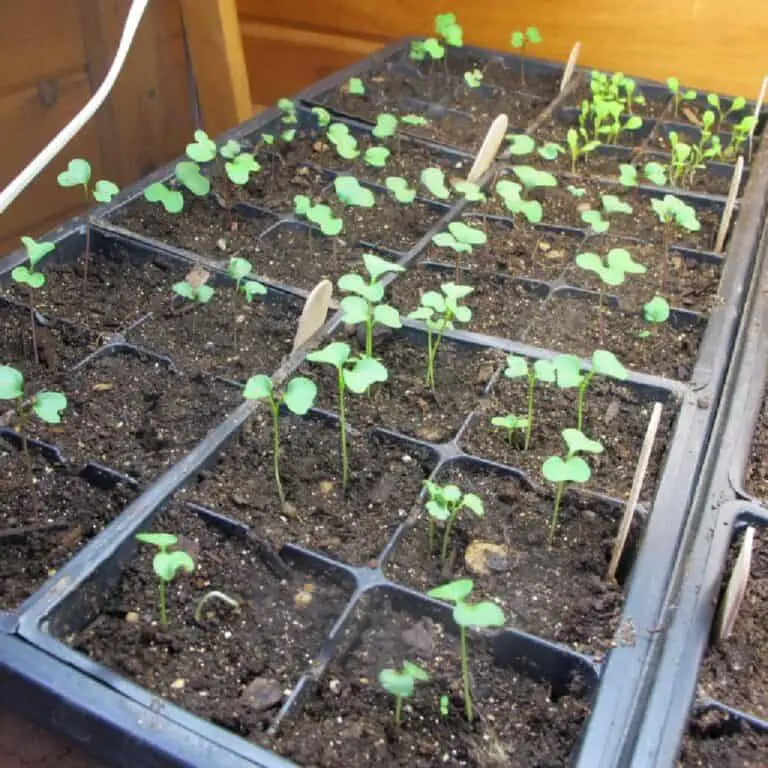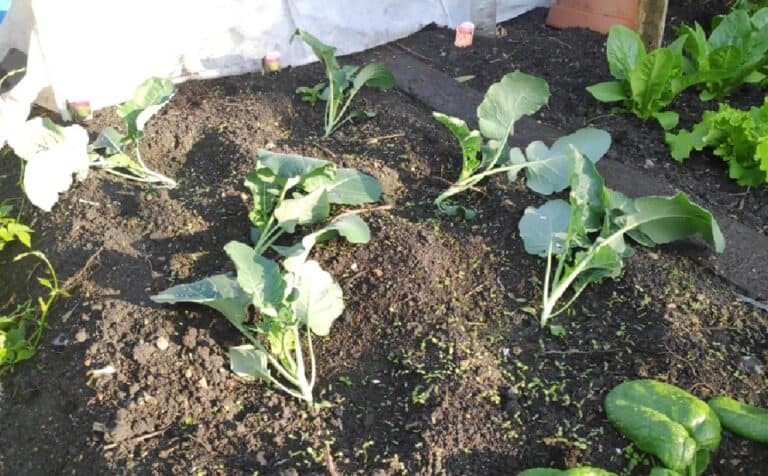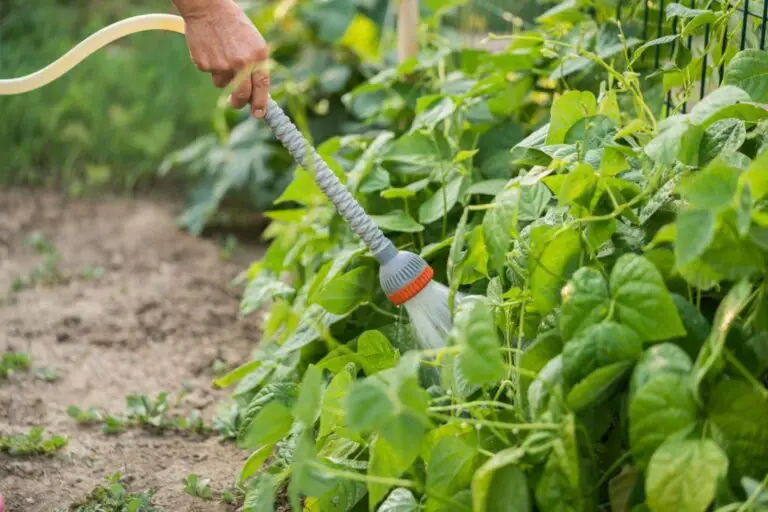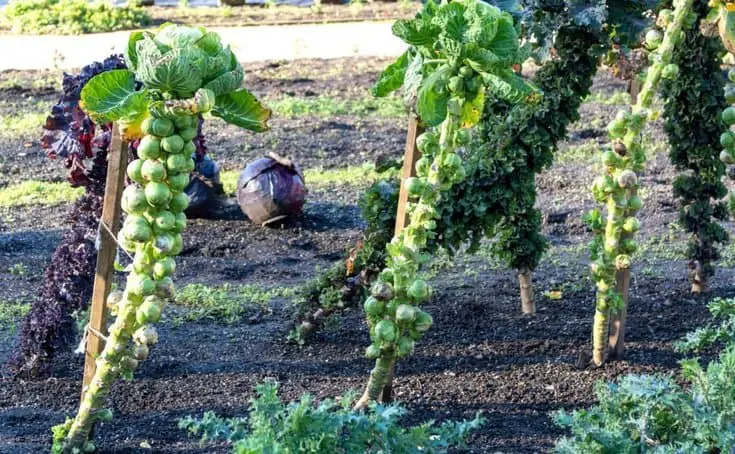How to Prune Diosma Plant – Beginners Trimming Guide
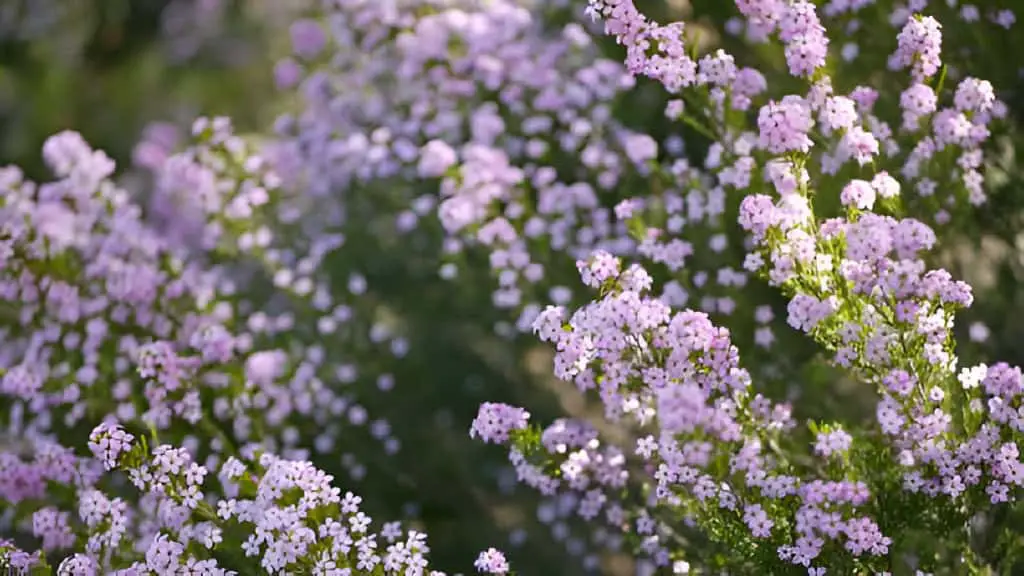
Diosma, also known as Breath of Heaven, is a beautiful evergreen shrub that adds a delightful fragrance and delicate texture to any garden. Native to South Africa, this plant is loved for its fine, aromatic foliage and small, star-shaped flowers that bloom in spring and early summer. To keep your Diosma plant healthy, vibrant, and well-shaped, regular pruning is essential.
Have you ever wondered how to prune your Diosma plant to promote healthy growth and vibrant blooms? Learning the basics of trimming this plant can help you maintain its shape, encourage new growth, and ensure it thrives year after year.
This is a beginner’s guide to pruning Diosma plants. We’ll cover step-by-step instructions on how to prune well without harming their beauty. You’re looking to enhance its appearance or prune an overgrown shrub. Understanding the techniques involved can make all the difference.
Understanding the Diosma Plant
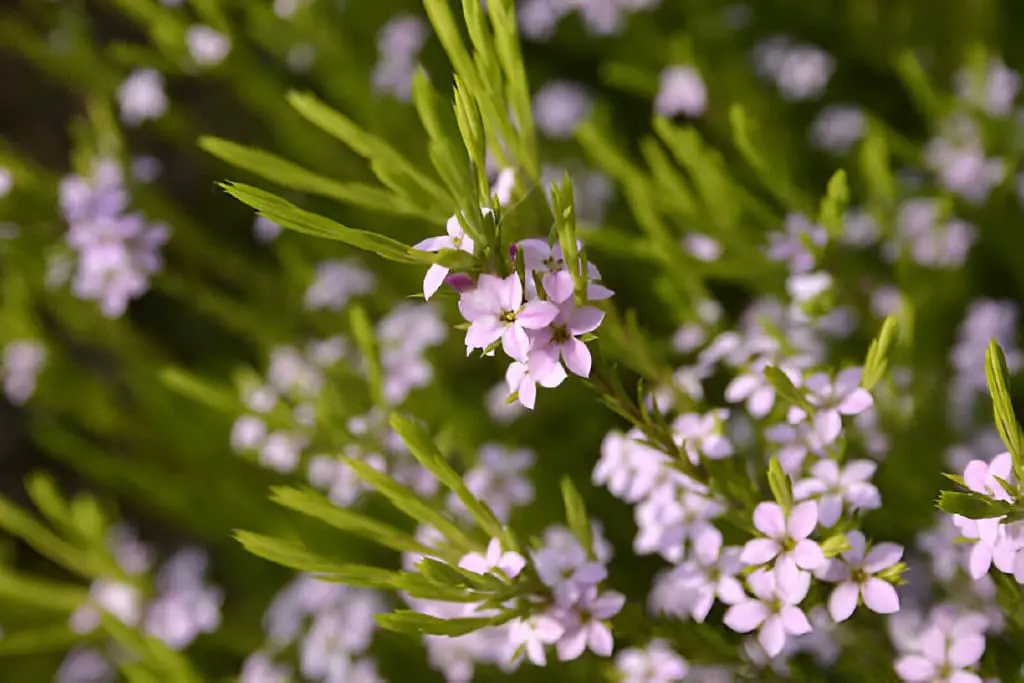
Before diving into the pruning process, it’s important to get to know your Diosma plant. Diosma, belonging to the Rutaceae family, typically grows to about 3 to 4 feet in height and width.
Its foliage is soft and needle-like, exuding a pleasant fragrance when touched. The flowers range from white to pink and are especially attractive to pollinators like bees and butterflies.
Benefits of Pruning Diosma
Pruning your Diosma plant offers several benefits:
- Promotes Healthy Growth: Removing dead or damaged branches allows the plant to focus its energy on new, healthy growth.
- Encourages Dense Foliage: Regular trimming helps keep the plant compact. It also encourages dense, bushy growth.
- Enhances Flower Production: Proper pruning enhances flower production. It stimulates more blooms in the next season.
- Prevents Disease: Cutting away diseased or dead parts reduces the risk of infections spreading through the plant.
When to Prune Diosma
Timing is crucial for effective pruning. The best time to prune your Diosma plant is immediately after it finishes flowering, usually in late spring or early summer. This timing ensures that you don’t remove any flower buds for the next season, allowing the plant to produce its full display of blooms.
Pruning Schedule
| Season | Activity |
| Late Spring | Major pruning after flowering |
| Early Summer | Light shaping and maintenance |
| Autumn | Minor pruning to tidy up before winter |
Tools Needed for Pruning
Having the right tools is essential for successful pruning. Ensure your tools are clean and sharp to make precise cuts and minimize damage to the plant.
Essential Tools
- Pruning Shears: Ideal for cutting small branches and stems.
- Loppers: Useful for trimming thicker branches.
- Pruning Saw: Necessary for cutting through larger, woody branches.
- Gloves: Protect your hands from thorns and sharp edges.
- Disinfectant: To clean your tools before and after use, preventing the spread of disease.
Step-by-Step Pruning Guide
Now that you have your tools ready, let’s dive into the step-by-step process of pruning your Diosma plant.
Step 1: Inspect the Plant
Begin by thoroughly inspecting your Diosma plant. Look for any signs of disease, deadwood, or damaged branches. Identifying these issues early on will guide your pruning efforts.
Step 2: Remove Dead and Diseased Wood
Using your pruning shears or loppers, remove any dead or diseased branches. Cut back to healthy wood, ensuring you make clean cuts at an angle to prevent water from pooling on the cut surface, which can lead to rot.
Step 3: Thin Out Dense Growth
Thin out any dense or crowded areas to improve air circulation. Focus on removing smaller, interior branches that are crossing or rubbing against each other. This step is crucial for preventing fungal infections and allowing light to penetrate the plant.
Step 4: Shape the Plant
Trim back any overgrown branches to shape the plant as desired. For a bushier appearance, cut back to an outward-facing bud. This encourages the plant to grow outward rather than upward, resulting in a fuller, more compact shape.
Step 5: Clean Up
After pruning, clean up any debris around the base of the plant. Dispose of diseased wood properly to prevent the spread of pathogens.
| Read: How to Trim Rosella Plant: In-depth Pruning Guide |
Tips for Successful Pruning
- Disinfect Tools: Always disinfect your tools before and after pruning to prevent the spread of disease.
- Avoid Over-Pruning: While it’s important to remove dead or diseased wood, be careful not to over-prune. Removing too much foliage can stress the plant and reduce its ability to photosynthesize.
- Use Proper Techniques: Make clean, angled cuts to minimize damage to the plant. Avoid tearing or crushing the branches.
Common Mistakes to Avoid
- Pruning at the Wrong Time: Pruning during the dormant season or extreme weather conditions can stress the plant. Stick to the recommended pruning schedule for best results.
- Using Dull Tools: Dull tools can cause ragged cuts, increasing the risk of disease. Always keep your tools sharp.
- Ignoring Signs of Disease: Failing to address diseased branches can lead to the spread of infections throughout the plant.
Post-Pruning Care
After pruning, your Diosma plant will need some extra care to recover and thrive. Here are some tips for post-pruning care:
Watering
Ensure your plant receives adequate water, especially during dry periods. Water deeply to encourage strong root growth.
Fertilizing
Apply a balanced fertilizer to provide essential nutrients and support new growth. Avoid over-fertilizing, as this can lead to excessive foliage at the expense of flowers and fruit.
Mulching
Mulch around the base of the plant to retain moisture and suppress weeds. Organic mulch, such as compost or straw, also adds valuable nutrients to the soil as it breaks down.
Monitoring
Keep an eye on your plant for any signs of stress or disease. Early intervention can prevent minor issues from becoming major problems.
Table: Post-Pruning Care Checklist
| Task | Description |
| Watering | Deeply and regularly, especially during dry spells |
| Fertilizing | Balanced fertilizer to support new growth |
| Mulching | Organic mulch to retain moisture and suppress weeds |
| Monitoring | Regularly check for signs of stress or disease |
Pruning for Propagation
Pruning isn’t just for maintaining plant health; it can also be a means of propagation. Diosma plants can be propagated from cuttings, allowing you to expand your garden with minimal cost.
How to Propagate Diosma from Cuttings
- Select Healthy Cuttings: Choose healthy, non-flowering stems about 6 inches long.
- Prepare the Cuttings: Remove the lower leaves, leaving a few at the top.
- Rooting Hormone: Dip the cut end in rooting hormone to encourage root development.
- Plant the Cuttings: Place the cuttings in a pot filled with a well-draining potting mix.
- Provide Care: Keep the soil moist and place the pot in a warm, bright location. Roots should develop in a few weeks.
Conclusion
Pruning the Diosma plant is essential. It promotes healthy growth, improves air flow, and makes the plant look nicer. By following this step-by-step trimming guide, you can ensure your Diosma plant remains healthy and vibrant. Remember to use the right tools, make clean cuts, and provide post-pruning care to support the plant’s recovery. Use these tips and rules. Your Diosma plant will thrive. It will give you beautiful leaves and a stunning garden display. Happy gardening!

